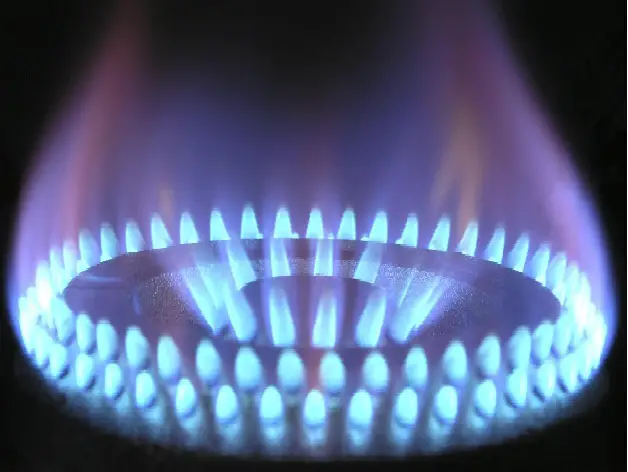According to data from the Energy Institute (EI), as the European Union struggled to make up for the lack of Russian natural gas supplies last year, imports of liquified natural gas (LNG) surged.
In 2022, European pipeline gas imports were roughly 151 billion cubic meters, compared with 232 billion one year earlier, according to the EI’s annual statistical review of world energy. That drop year over year, of 35%, was offset with imports of LNG, which rose to 170 billion cubic meter, from 108 billion the previous year. In order to be able to sustain that level of importation, the EU had to construct special import terminals for LNG.
Nick Wayth, EI’s London-based chief executive officer noted that the military conflict in Ukraine upended “assumptions about supply around the world,” and that the shifts, “precipitated a price crisis and profound cost-of-living pressures across many economies.”
The EU stepped up efforts to lower its dependence on Russian energy after the beginning of the conflict in Ukraine and the imposition of Western sanctions on Russia designed to curtail its energy sales. The bloc had already banned seaborne oil deliveries and joined with the G7 nations in placing a price cap on Russian crude oil and other petroleum products from Moscow. Russia’s gas deliveries to the EU dropped to record lows in part due to EU sanctions, and partly due to a sabotage bombing of the Nord Stream pipelines.
Currently, according to the EI report, the single largest supplier of gas to the EU is Norway.
Some of the LNG the EU has imported to make up for lost Russian pipeline gas has been LNG from Russia. The imports of LNG from Russia to the EU in 2022 hit a three year record high, reaching 19.2 billion cubic meters according to Brussels-based economic think tank Bruegel.


